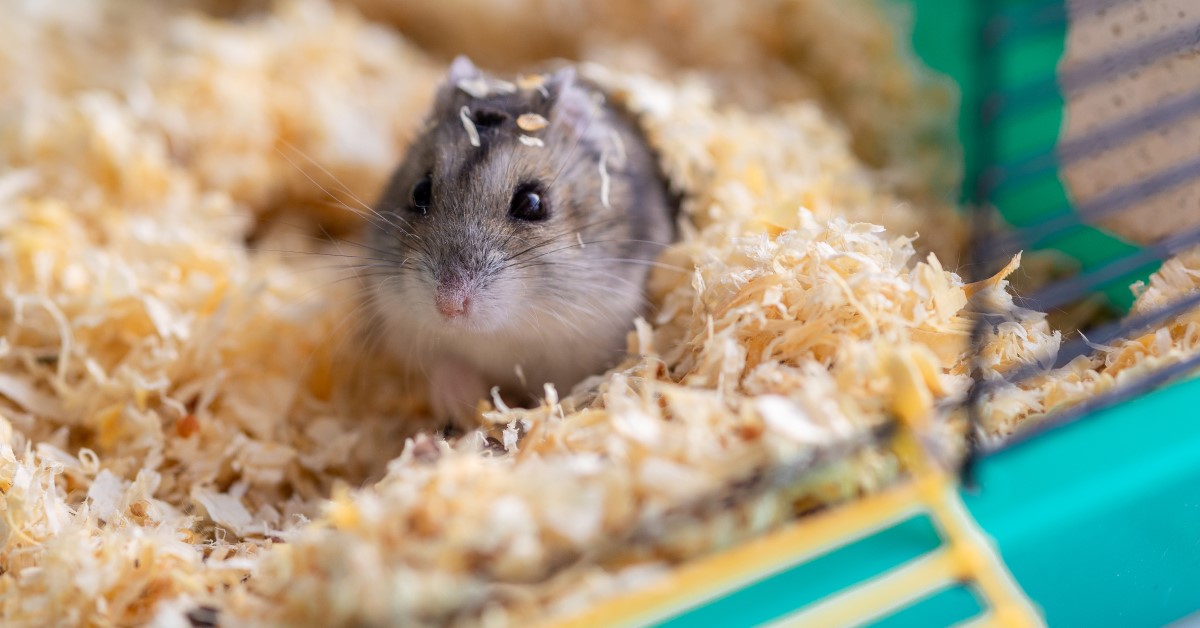Best Pet Hamster Types
Hamsters are among the most popular pets worldwide. They are small, cute, and relatively easy to care for, making them great companions for both kids and adults. With various breeds available, choosing the best pet hamster type for your needs can be overwhelming. In this article, we’ll explore some of the best pet hamster types, their characteristics, and why they might be the right choice for you.

Understanding Different Hamster Breeds
When considering the best pet hamster types, it’s essential to understand the various breeds. Each hamster breed has unique characteristics that influence their suitability as pets. The most common pet hamsters include the Syrian, Dwarf Campbell’s, Dwarf Winter White, and Roborovski hamsters. Each breed has its personality traits, care requirements, and breeding backgrounds that impact their care and compatibility with owners.

Syrian Hamsters
Syrian hamsters, also known as golden hamsters, are the most popular pet hamster type. They typically grow to be 5-7 inches long and have a friendly demeanor. These hamsters are solitary animals, which means they thrive when housed alone. If you’re looking for a pet with a more interactive personality, Syrian hamsters are excellent choices. They are easy to handle and enjoy spending time outside their cages, making them engaging pets.

Dwarf Hamsters
Dwarf hamsters, including Campbell’s and Winter White, are smaller than Syrian hamsters, reaching around 2-4 inches in length. They are sociable creatures and can often be kept in pairs or small groups, unlike Syrians. Their playful nature makes them a joy to watch, but they require a bit more attention and space for socialization outside the cage. Depending on your lifestyle, dwarf hamsters might be more appealing if you’re interested in group dynamics.

Care Requirements for Different Hamster Types
Caring for a hamster involves meeting its specific needs based on its breed. Understanding the differences in care requirements will help you provide the best environment and lifestyle for your pet. Here are key aspects to consider:
Housing and Habitat
Choose an appropriately sized cage based on your selected hamster type. Syrian hamsters typically need a larger enclosure with wide, deep bedding, whereas dwarf hamsters can thrive in smaller spaces. It’s important to include various tunnels, toys, and exercise wheels to keep them mentally stimulated and active. Regular cleaning of their habitat is essential to prevent unpleasant odors and to maintain a healthy environment.
Dietary Needs
Feeding your hamster a balanced diet is critical for its well-being. Hamsters require a mix of commercial hamster pellet food, fresh fruits, vegetables, and occasional protein treats such as mealworms. Be cautious not to overfeed them, as hamsters can easily gain weight, leading to health issues. Fresh water should always be available, either in a bottle or a shallow dish that can’t be tipped over.

Fun Facts About Your Potential Pet
Hamsters are fascinating animals with varied behaviors and characteristics. Learning more about them can help you connect better with your future pet. Here are some interesting facts:
Activity Level
Hamsters are primarily nocturnal, meaning they are most active during the night while resting during the day. If you plan to interact with your hamster, it’s important to schedule playtime during their more active hours. This nocturnal behavior is crucial to keep in mind, as it affects their relationship dynamics with the owner.
Social Behavior
While dwarf hamsters can be social, Syrian hamsters are typically solitary and should be kept alone to avoid aggression. Understanding these social tendencies assists in their proper care and helps you manage expectations regarding their interactions with others. Some owners have observed their favorite hamsters forming charming patterns of interactions or bonding behaviors during supervised playtime.

Summary
Choosing the best pet hamster type requires careful consideration of each breed’s characteristics, care requirements, and your preferences as a pet owner. Syrian hamsters typically are ideal for individual companionship due to their friendly nature, while dwarf hamsters can offer a social and playful atmosphere for those with a bigger communal space. Ultimately, ensuring you provide the adequate environment and food for your chosen breed will create a happy, healthy hamster for many happy years.
FAQ
1. What is the lifespan of a pet hamster?
The average lifespan of a pet hamster varies by breed. Syrian hamsters typically live between 2-3 years, whereas dwarf hamsters may live from 1.5 to 3 years, depending on genetics and living conditions. Providing a good diet, proper care, and a safe environment can contribute to a longer, healthier life.
2. Can hamsters be kept together?
Whether hamsters can be housed in pairs or groups depends on the breed. Syrian hamsters are solitary and should be kept alone to avoid aggression. In contrast, dwarf hamsters can often live together amicably, but ensuring ample space and resources is crucial to prevent territorial disputes.
3. What is the best type of bedding for hamsters?
Choosing appropriate bedding is essential for your hamster’s health. Aspen bedding, paper-based bedding, and carefresh are great choices as they are absorbent and provide a comfortable bed. Avoid cedar or pine bedding, as the oils can harm hamsters’ respiratory systems.
4. How often should I handle my hamster?
It’s essential to handle your hamster gently and regularly to foster trust and socialization. Handling for 10-15 minutes a few times a week is usually adequate; however, be patient as some hamsters may take longer to adjust. Start slowly, letting them get used to your scent and presence first.
5. What common health issues do hamsters face?
Common health issues for hamsters include wet tail, respiratory infections, and dental problems. Regular cage cleaning, proper diet, and observing behavior can help prevent such health concerns. If you notice unusual behaviors or symptoms, consult a veterinarian experienced in small animal care.
Choosing the right type of hamster, understanding their care needs, and fostering a bond can make for a joyful pet ownership experience.
